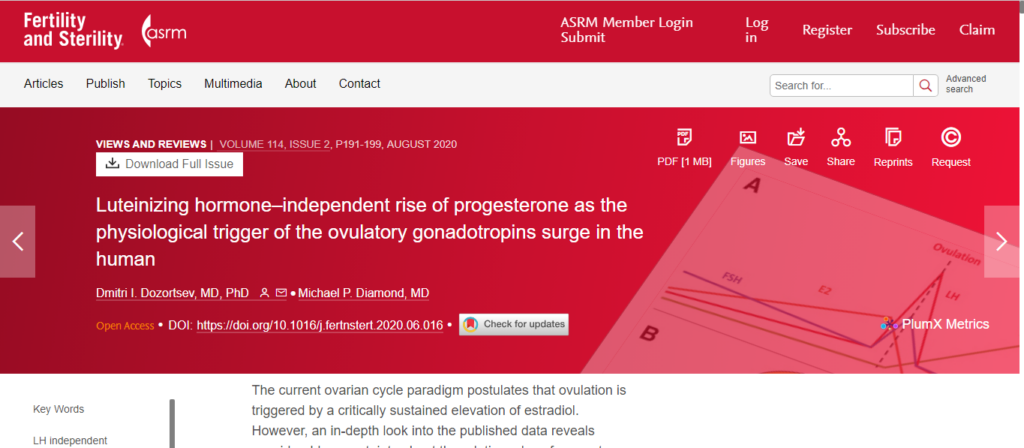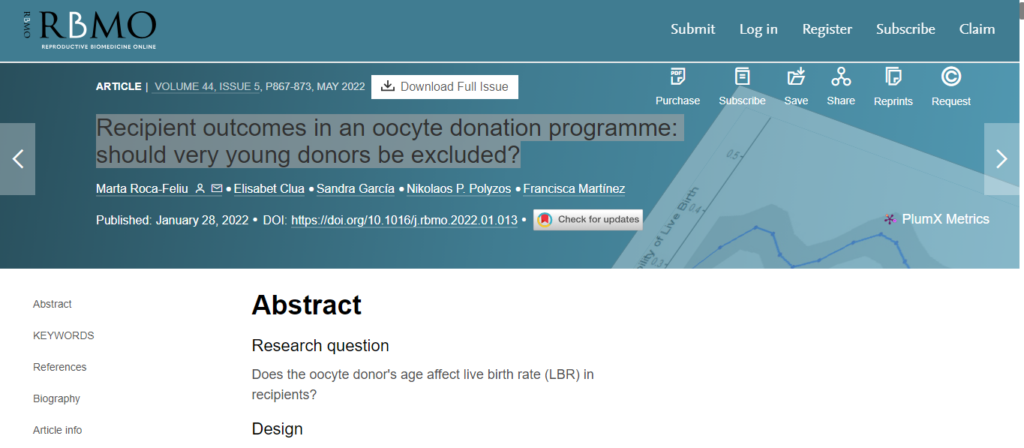Getting pregnant can be difficult, but charting your fertility cycle is one of the easiest ways to increase your chances of success. Read on to learn the methods that will help you figure out when you’re fertile.
Typically, if a couple is trying to get pregnant, they will conceive successfully within 5 to 6 months of having unprotected intercourse. However, much of this success depends on timing the intercourse correctly so that it occurs during the fertile period of the woman’s menstrual cycle. In order to maximize your chances of conception, we recommend taking the time to chart your fertility cycle to discover when you are most likely to get pregnant.
Why to Chart Your Fertility Cycle
There are only a few days in a woman’s menstrual cycle during which she can get pregnant. For most women, the menstrual cycle lasts 28 days. Conception is possible: the five days before ovulation and the day of ovulation itself. If you want to get pregnant, chart your fertility cycle. Knowing when you can conceive increases your chances.
How to Chart Your Fertility Cycle
There are a number of ways to chart your fertility cycle. The three main methods for determining when you are able to get pregnant are often referred to as the Fertility Awareness Methods (FAM) and they can be used both to help induce pregnancy and to try to prevent it. The FAMs rely on measuring physical expressions of your fertility cycle that are based on the estrogen and progesterone in your body, which can help you determine which of the three stages of the fertility cycle (the preovulatory infertile phase, the fertile phase, and the postovulatory infertile phase) you are in.
One method for charting your fertility cycle is by tracking your menstrual cycle. It is good to do this for several months because a cycle’s length can vary each month. Count the first day of your period as day one and then determine the duration of each cycle. Once you have several months of data, subtract 18 days from your shortest cycle to find your likely first fertile day. Then subtract 11 days from your longest cycle to find your likely last fertile day. Having unprotected intercourse during this window will increase your chances of getting pregnant.
A second FAM method is measuring your basal body temperature (BBT). This involves measuring your temperature as soon as you wake up every morning, before you even get out of bed, so as to get your most accurate base body temperature. By recording your BBT each morning to track subtle temperature changes that show your body has released an egg.
These temperature changes result from progesterone released when the egg is released. It raises your temperature by about 0.5 degrees. This method helps track ovulation, but it takes time to be useful. By the time the temperature rises, the egg has already been released.
However, over time, you may find a pattern in your BBT. This pattern can indicate when ovulation is approaching. It is helpful because a woman is most fertile 1 – 3 days before ovulation and during the day after.
The final FAM method involves monitoring cervical mucus, produced by the tissue connecting the uterus and vagina. Before and during ovulation, the cervix produces mucus that protects the sperm and helps it reach the egg. Do this several times per day to check its consistency and color. Before ovulation, when you are most fertile, the mucus becomes clear, stretchy, and slippery. It feels a bit like raw egg white. While this method requires a little bit of detective work, this is an easy and effective way to predict ovulation.
In addition to these methods, you can also chart your fertility cycle using relatively inexpensive devices that you can be buy at drug stores. Ovulation Predictor Kits (OPKs), which test for the amount of Luteinizing hormone (LH) in your urine (the levels of LH in your urine surge in the 12 to 36 hours before you ovulate), are 90% effective at predicting ovulation. Fertility monitors are also an effective tool that uses urine to chart fertility. They are a little more expensive than OPKs. But they have the added benefit that unlike other charting methods that give you a fertility window of approximately two days. In contrast, fertility monitors provide six to seven days of potential fertility per cycle.
With these methods, consulting a specialist helps you interpret your data for the best chance of conception. If you’re looking to start charting your fertility cycle, schedule an appointment with a fertility specialist at AFCT. We can explore how to support you on your journey to conceive.


